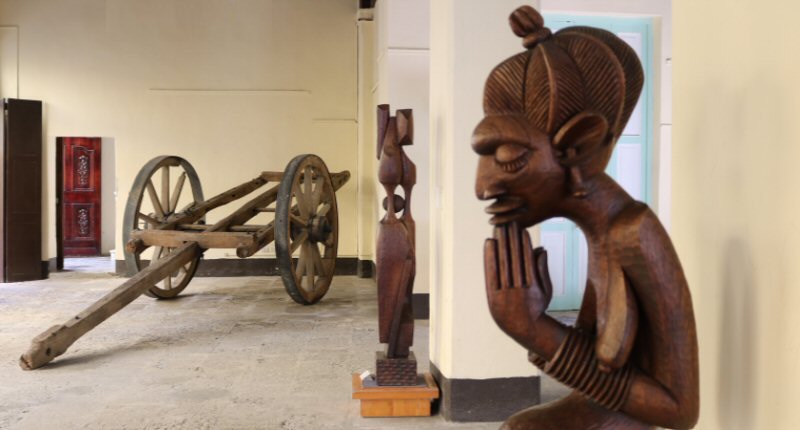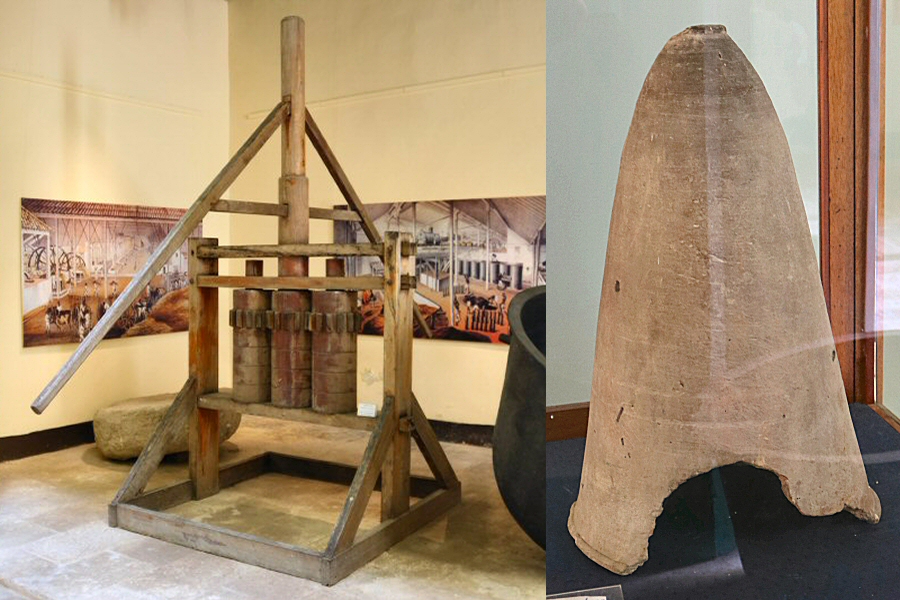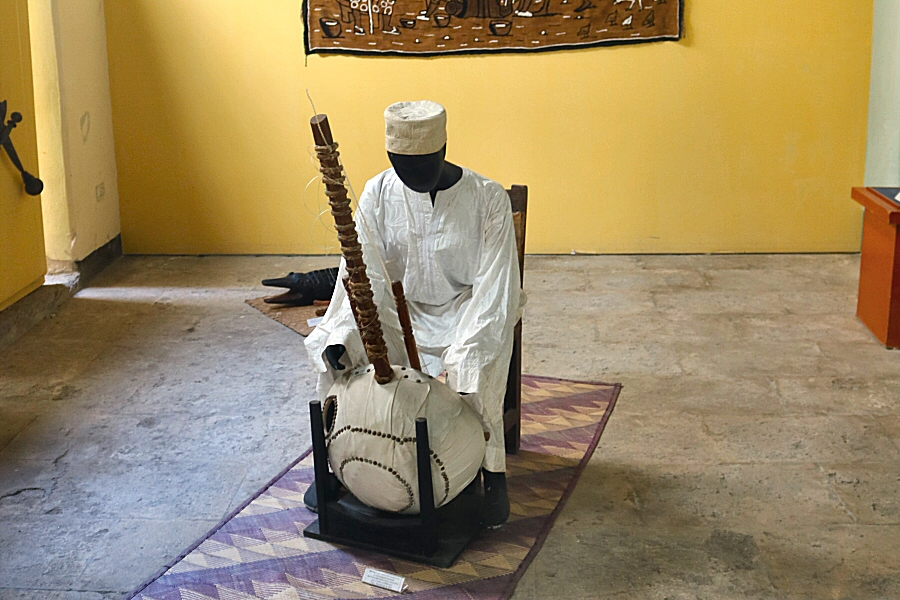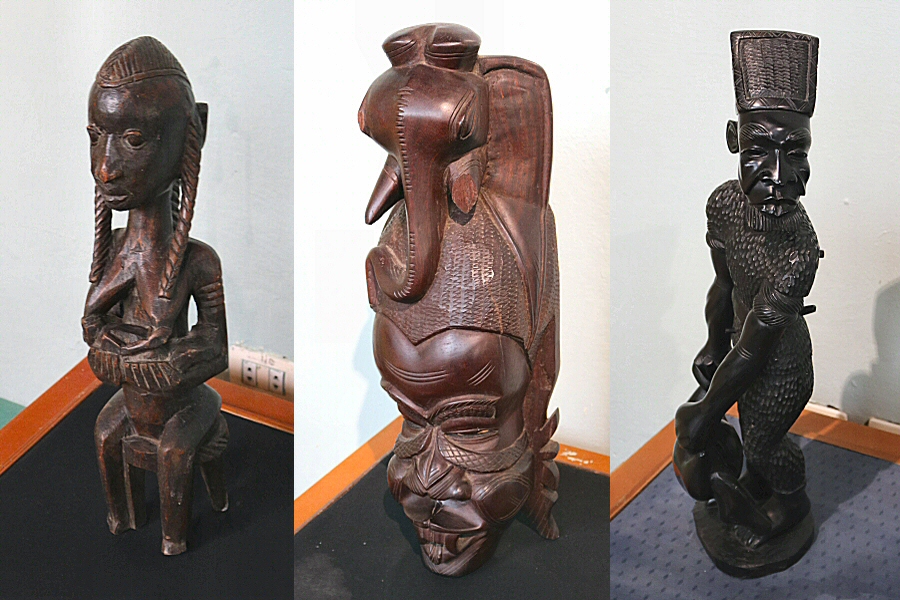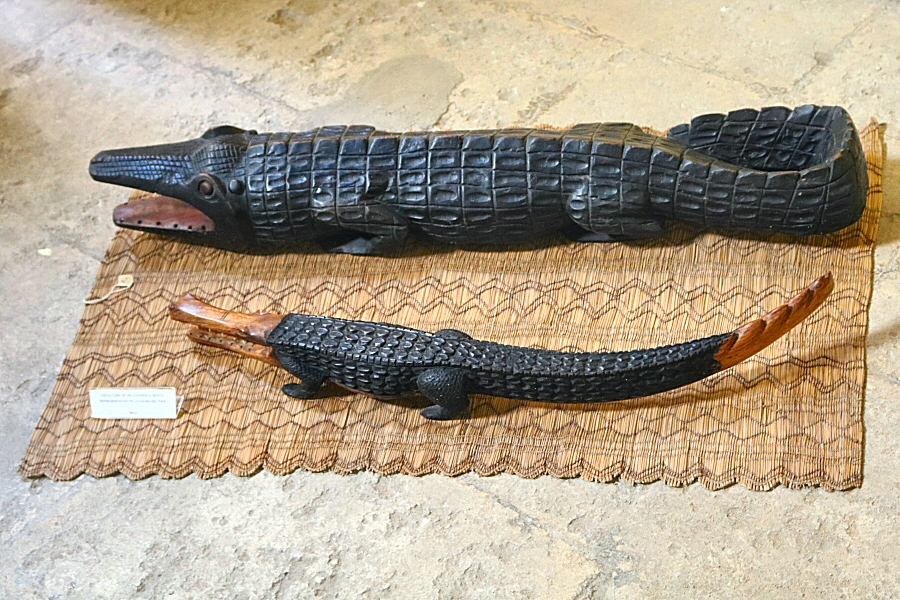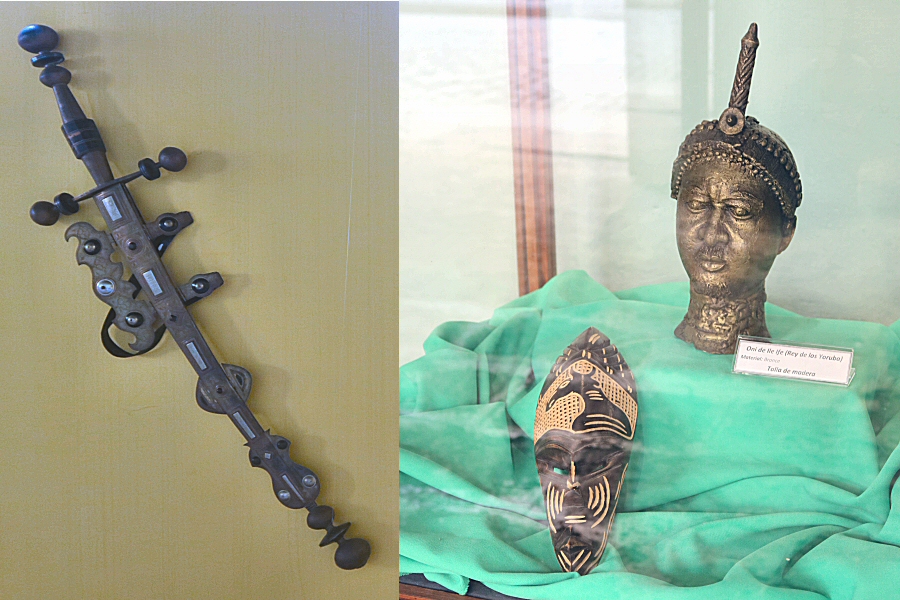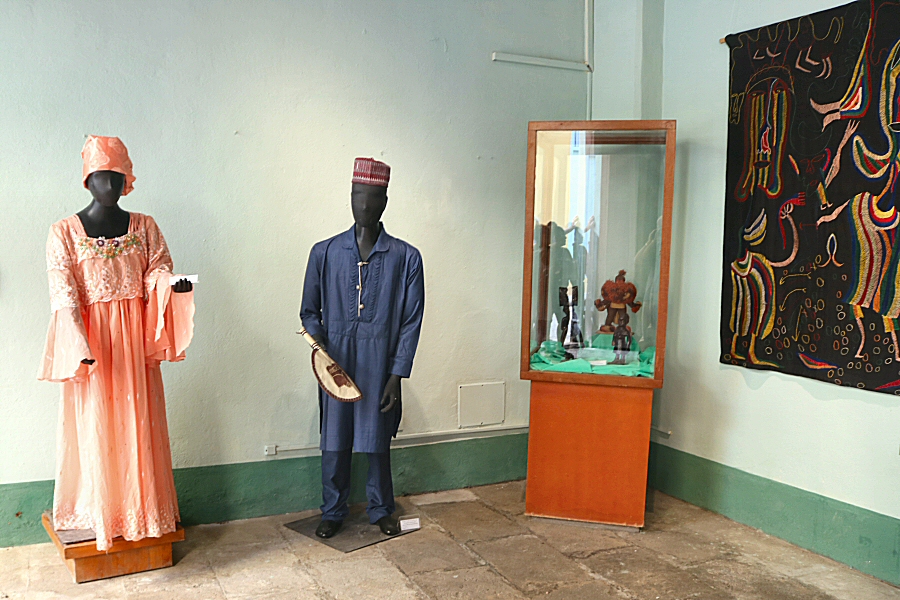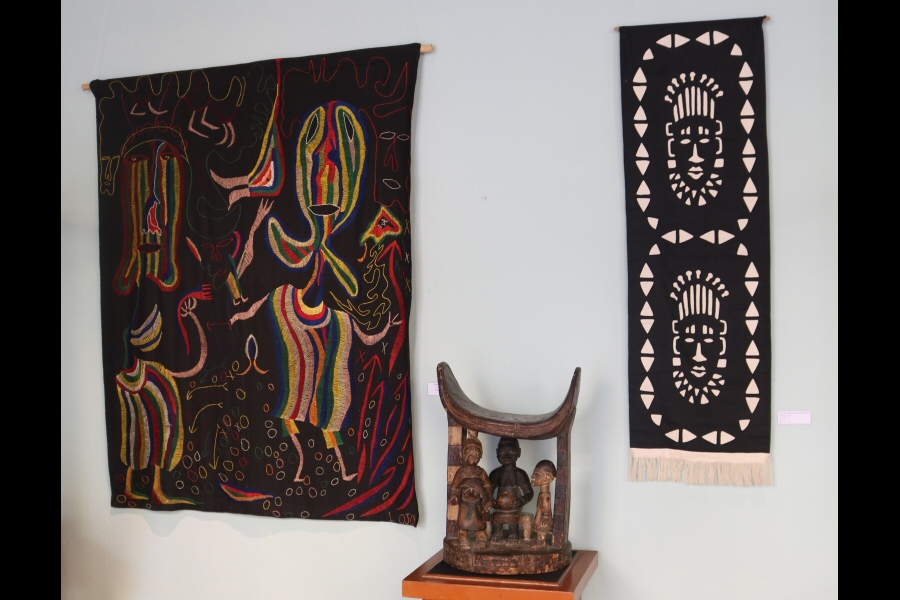
The building of the Casa de Africa was used as residence on its upper floor, and as tobacco store on its ground floor at the time, when it was built in 1887. It was inaugurated as Casa de Africa in 1986 to create awareness about the African and the Afro-Cuban arts, crafts and culture. The museum opened its doors to the public on January 6. The date was not chosen by chance; January 6 was the El Día de los Reyes (Three Wise Men Day) in that the slaves didn’t have to work, as they were celebrating the holy day.

The house museum has an extensive
collection of African objects, composed of more than 2.000
pieces, from huge wood carvings to tiny pieces in ivory. Some of
the artworks and sculptures are the donation of Fidel Castro.
These objects that once belonged to Fidel Castro, were given to
him by the leaders of the African countries that he had visited
officially. The museum is unique of its kind in Cuba.
The objects on the right side of the
ground floor draw attention to the persecution that the slaves
suffered during the sugar production. The replica of a vertical
mill and two cauldrons of old trapiches (a mill made of wooden
rollers) occupy most of the area. An original cart used for the
transportation of sugarcane to sugar mills, a stone from an old
grain mill, a trap, a mass to thresh the grains, whips and
shackles to punish the recalcitrant slaves, give us an idea
about the whole painful process of sugar production that is also
reflected at the explanatory pictures on the walls.

The ground floor is rich of wooden
sculptures that have characteristically dark color. Some of them
represent the African man from different sections of his life.
The sculpture of the crocodiles and the decorative objects on
the wall, each of these excellent samples of wood carving
deserve a look. A few tapestries on the wall give us information
about the African culture.
Sometimes, the ground floor serves also
as the performance stage of some orchestras that play African
music.
